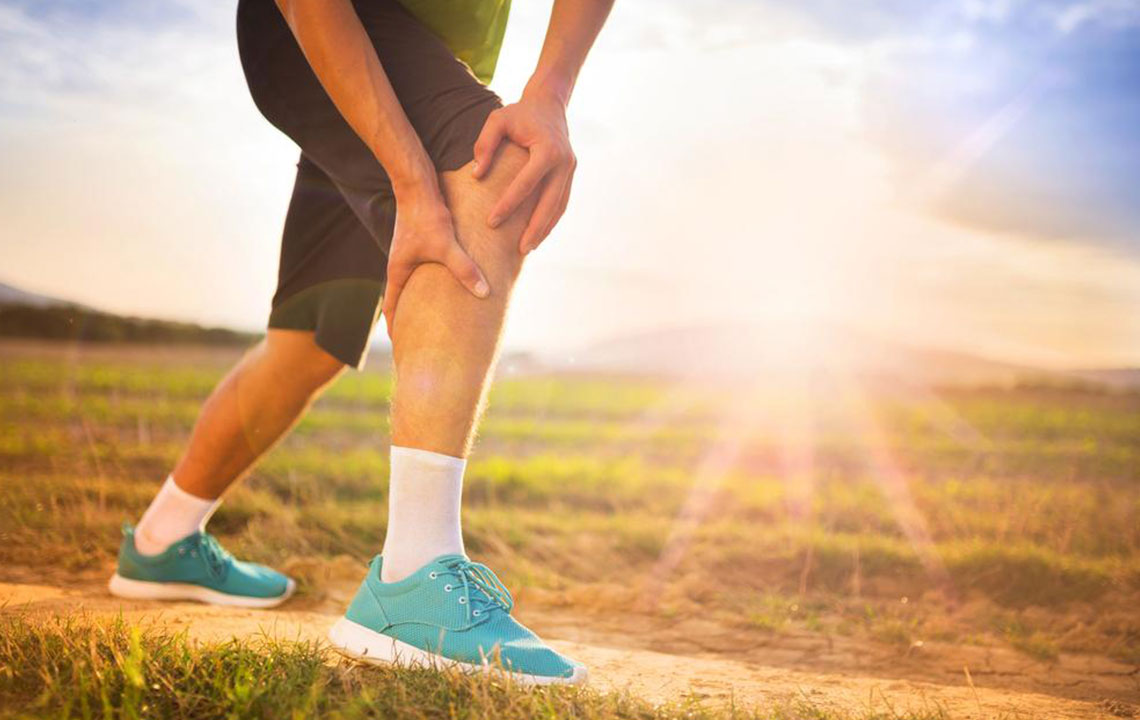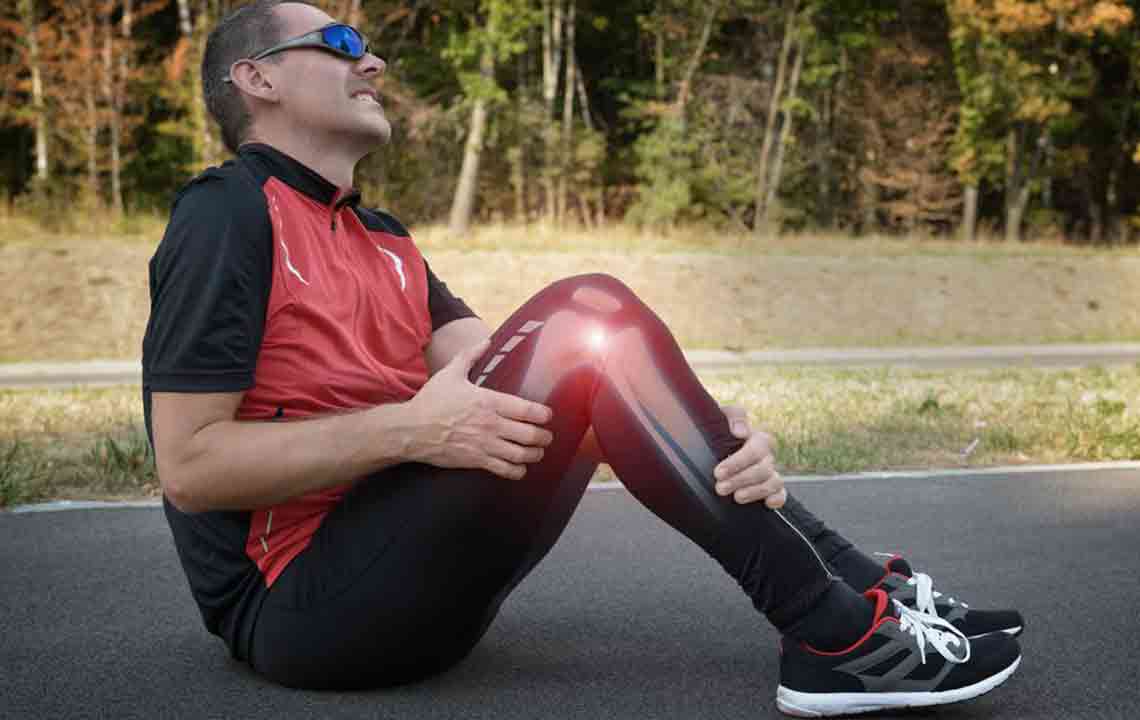Causes, Symptoms, and Treatment of Varicose Veins
Varicose veins can be considered as one of the most common venous disorders that people suffer from across the globe. The condition arises when the valves in the veins become inefficient to pump oxygen-depleted blood from the tissues and organs back to the heart. As veins need to function against gravity, the vein valves are under tremendous pressure. Any damage caused to the veins causes blood to move backward and pool in the legs, making the veins appear enlarged, bumpy, twisted, and swollen.

Causes of Varicose Veins
Varicose veins are caused by numerous factors. Age, pregnancy, obesity, and lack of exercise are some of the most common factors that lead to the condition. Apart from the ones mentioned above, smoking, genetics, and previous circulatory problems can also lead to varicose veins.
Symptoms of Varicose Veins
The symptoms of varicose veins can be broadly divided into two categories: sensational and visible.
Sensational Symptoms
- Heavy and tired legs, especially at night
- A constant and an irresistible urge to move the legs. This condition is referred to as the restless legs syndrome
- A feeling of exhaustion and fatigue throughout the day
- Itching of the skin and dermatitis (inflammation of the skin)
- Pain in the swollen leg/s and feet
- Leg cramps when sitting or standing for long hours
- Achy legs as a result of incorrect blood flow in the veins in the legs
Visible Symptoms
- Swollen legs and ankles because of enlarged veins
- Discolored veins. They may either turn blue or purple in color
- A serious complication of varicose veins is venous ulcers
- Bleeding in minor wounds or bruises
- Hardening of the vein along with pain and discomfort
- Sometimes, the area around the varicose veins may turn red in color
- The skin around the ankle may turn hard and shrink. This condition is referred to as lipodermatosclerosis
Treatment for Varicose Veins
Unfortunately, people think of varicose veins as a cosmetic problem and hence, do not seek the proper treatment for it. However, if left neglected, varicose veins can open doors to further complications like deep vein thrombosis, venous ulcers, and chronic venous insufficiency.
The safest and the most recommended method to treat varicose veins is compression therapy. The elastic socks/stockings compress the leg muscles, assisting in the flow of blood in the upper direction. This mechanism prevents the pooling of blood in the feet, obviating the appearance of bulgy, twisted veins.
In case the veins are large, they need to be removed surgically under anesthesia. The laser therapy is another option where the veins are dissolved by focusing a laser beam on them. Sclerotherapy involves the incision of a certain chemical into the small and medium-sized veins. The chemical injected scars and closes the veins, making them fade away in a few days. Endovenous laser treatment involves the insertion of a catheter into the target vein. Subsequently, a laser is channeled through the catheter where short waves of energy heat the varicose vein, thereby sealing it shut.
While consulting a doctor is extremely important, there are some easy measures by which you can avoid falling prey to varicose veins, which are as follows:
- Avoid sitting or standing for long periods, take short walks every half an hour.
- Elevate your legs above your heart. This aids in the blood flow in the backward direction.
- Follow a healthy diet. Avoid an excess intake of salt and fiber.
- Keep your weight in check and maintain a normal BMI.
- Exercise regularly to maintain the health and elasticity of the muscles and veins.
- Avoid wearing high heels and tight clothing for prolonged periods.
- Refrain from smoking as smoking increases the chances of varicose veins.




